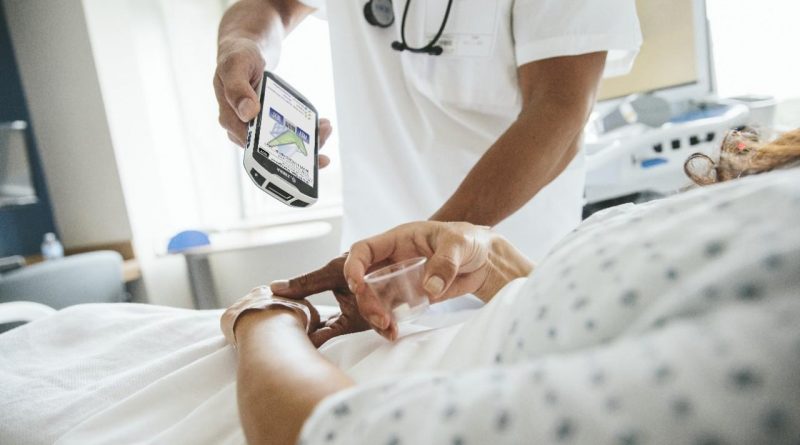Sabesan Sithamparanathan, Founder and CEO, PervasID
The healthcare industry is already under immense pressure. With shrinking budgets, a growing number of patients and increasing treatment complexity, delivering a positive patient experience has never been more challenging.
Over the past few decades, technology has fundamentally changed the healthcare landscape, helping to make gains in efficiency, connectivity and improving the patient experience in hospitals. But has healthcare explored all avenues to improve the experience and ensure that patients are safe?
1. Real-time traceability
The use of RFID tags in healthcare may appear an obvious solution but the limitations of fixed RFID reader technology, particularly in a tag dense environment, has deterred adoption for many.
Traditional fixed readers have been unable to deliver the detection accuracy required to justify investment. In any area with a high number of RFID tags such as medical equipment storage, there are simply too many dead spots due to signal reflections: the more tags, the lower the accuracy. At best in these environments, detection capacity can reach 85-90%.
The ability to track medical equipment with far more accuracy and in almost real-time, eradicates time wasted by staff attempting to locate essential assets. It also eliminates the need to invest in extra inventory to mitigate asset management inefficiency, releasing much-needed funds. With a government push towards all medical equipment manufacturers adding RFID tags to equipment at source, the ability to achieve near 100% accuracy using passive (battery-less), rather than the more expensive active (battery-powered) tags, along with the very latest RFID fixed reader technology, is incredibly compelling.
2. Inventory tracking and management
RFID has already transformed inventory management in retail and it can deliver similar benefits for healthcare by removing labour-intensive processes which are prone to human error. Next generation RFID technology can support medical inventory management by providing accurate visibility of medicine supply levels which, in turn, reduces waste and overstocking.
In a densely packed environment, consistently high read rates are essential and these systems can monitor stock tagged with passive RFID labels across multiple locations, enabling rapid replenishment and effective cost control. Lost or stolen equipment can be recorded and found with the use of RFID tags. The data that is obtained through RFID tracking also provides an audit trail for cost and operational analysis.
3. Patient identification
It’s not just medical equipment and medicines that can be tagged; by using RFID tags on patients instead of barcodes, a more sophisticated and safe system can be used to identify patients. In a large hospital, there can be hundreds, even thousands of patients being treated at the same time and sometimes identification errors may occur. RFID tags also provide the opportunity to track patients in hospital environments, something which could be crucial for patient safety, particularly with those who may be vulnerable.
With technology changing the healthcare landscape, RFID provides a clear case for cutting costs whilst increasing efficiency and patient safety. If hospitals and healthcare providers are intent on providing the best patient experience possible, RFID is certainly a viable option with compelling benefits.

